The Celestron AstroMaster 70AZ: an affordable telescope for studying planets and the Moon
The Celestron AstroMaster 70AZ isn’t the most versatile telescope around, but if you only want to study the solar system it just about does the job for a low price
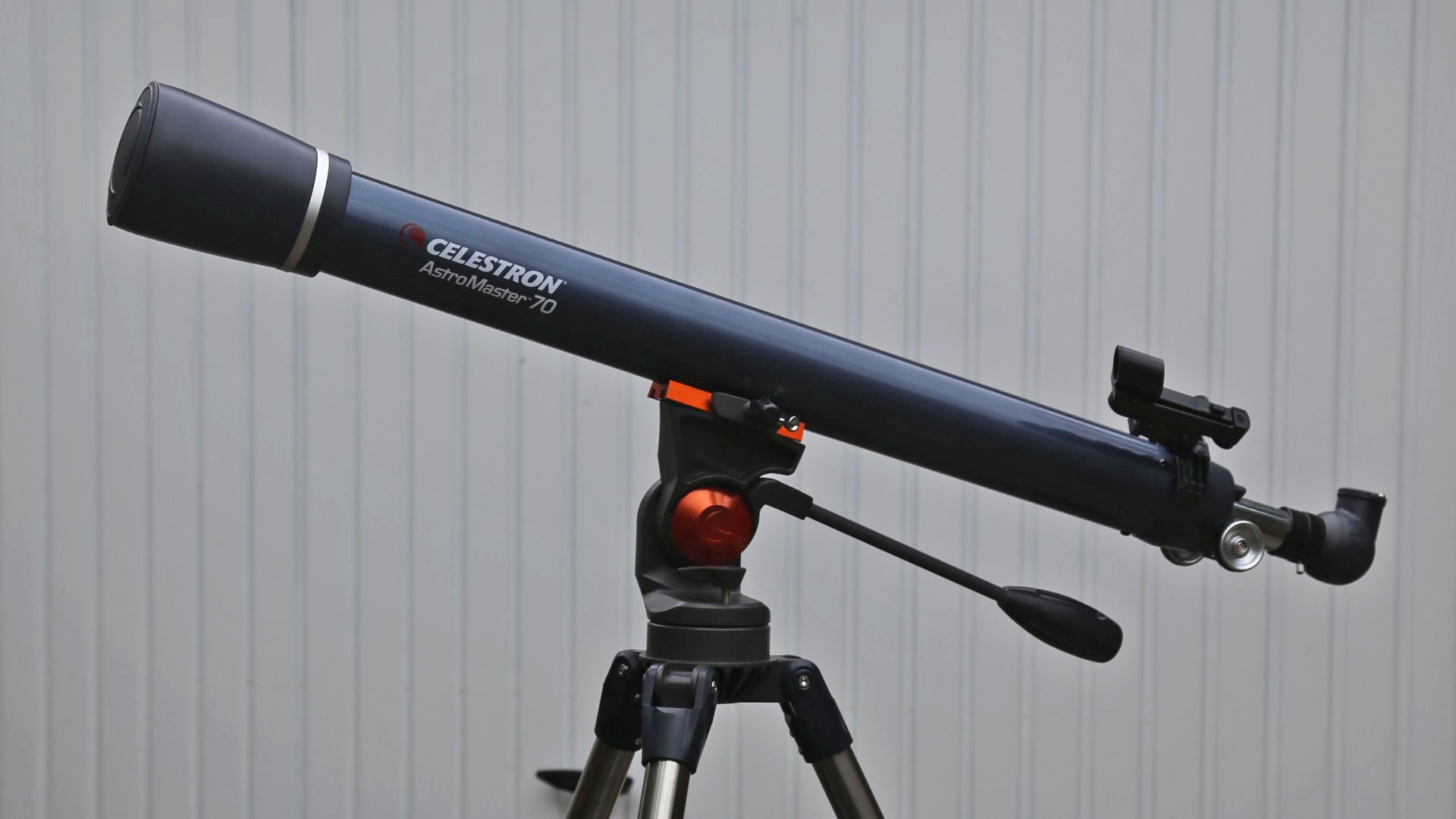
The Celestron AstroMaster 70AZ refractor telescope is an affordable telescope with limited horizons and a below average build quality, though if all you want to do is look at the moon and bright planets then it will suffice.
-
+
Low price
-
+
Good solar system views
-
+
Realistic colours
-
-
Difficult to find targets
-
-
Poor quality mount
-
-
Lacks versatility
Why you can trust T3

The Celestron AstroMaster 70AZ refractor telescope is, like all telescopes, a delicate balance of features. Equipped with a small 2.7”/70 mm aperture but also with a relatively long tube, it's a good case study in why there is no answer to the simple question "what's the best telescope?"
Unable to muster usable views of deep sky objects, the AstroMaster 70AZ is not quite up there with the very best telescopes around. Nevertheless it is a good telescope for beginners and a solid choice for anyone who is happy to stick to studying objects in our solar system, such as planets and the Moon. However, there are a few things you should know about the AstroMaster 70AZ before you purchase.
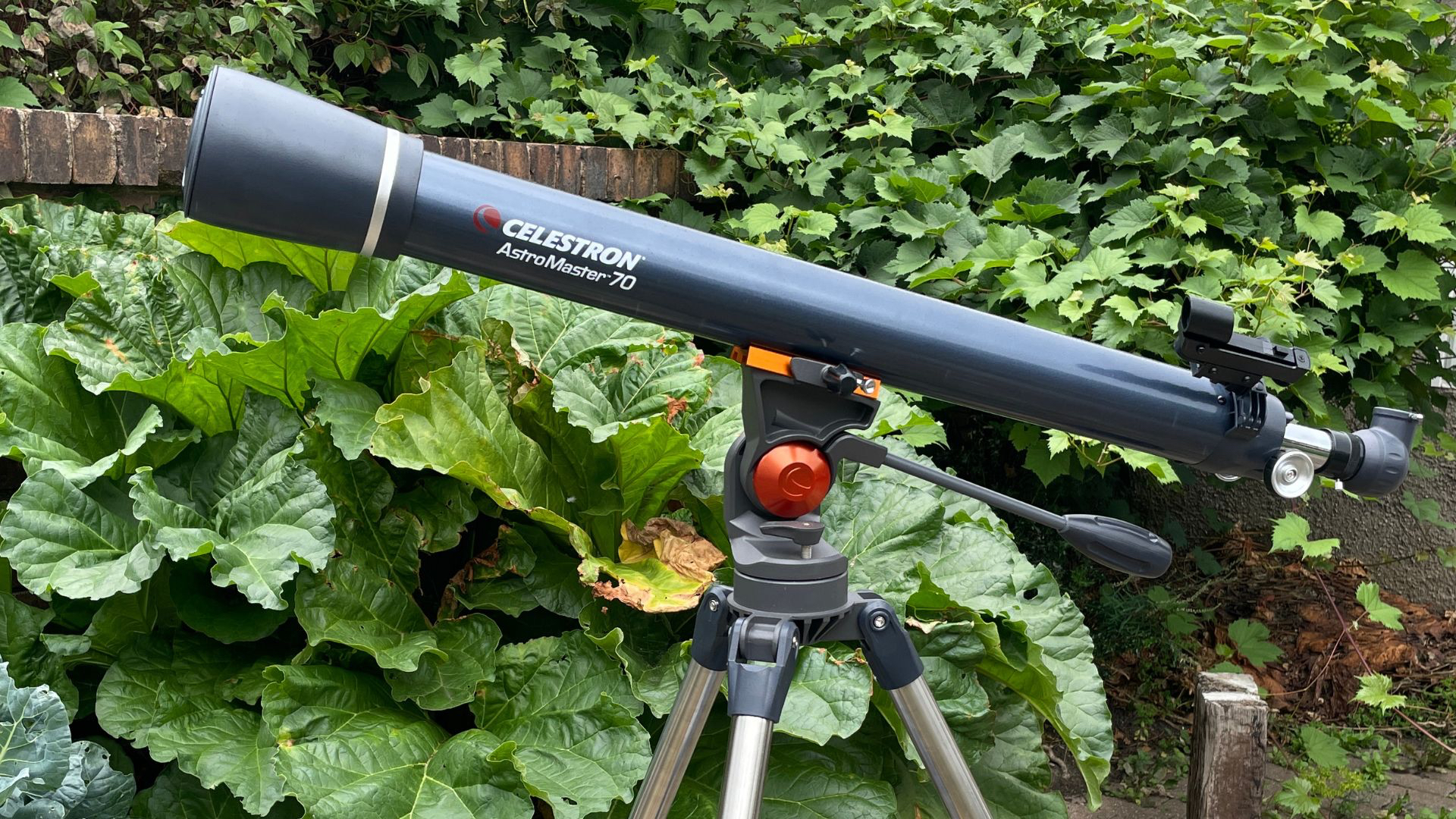
Celestron AstroMaster 70AZ telescope review: price and release date
The AstroMaster 70AZ originally went on sale in 2017 and retails for around £190 / US$169 / AU$374.99. Celestron’s AstroMaster series is vast and comprises everything from refractors to reflectors, including some on complex equatorial mounts such as an upgrade to this product, the AstroMaster 70EQ. However, the closest products to the AstroMaster 70AZ are the AstroMaster 80AZS (which comes with a smartphone mount), the AstroMaster 90AZ and the AstroMaster 102AZ. That makes the AstroMaster 70AZ the baby of the range, though it’s also the top seller.
Celestron AstroMaster 70AZ telescope review: features and additions
The AstroMaster 70AZ is an achromatic refractor telescope, which means it uses a lens on the front to form an image. The AZ in its name reveals the presence of an alt-azimuth mount, a basic array with both a vertical axis and a horizontal axis. The fact that it's a refractor on an alt-azimuth makes it seem a rather run-of-the-mill beginner’s telescope, but there is something unusual about it.
While most telescopes of this type and size are fairly small, the AstroMaster 70AZ’s tube is a whopping 35 inches/900 mm long. That gives it a focal ratio of f/13, which means it purposely lets in a lot less lighting than some of its rivals. Why would Celestron want to do that with one of its telescopes? After all, astronomy is nothing but the collection of light. By letting less light in the AstroMaster 70AZ is an attempt to avoid a telescope nasty – false colour. Visible as a distracting purplish line around bright objects such as the Moon, Jupiter and Saturn.
Celestron AstroMaster 70AZ telescope review: specs
Optical design: Refractor
Aperture: 70 mm
Focal length: 900 mm
Focal ratio: f/13
Eyepiece focal length: 20mm (45x) and 10mm (90x)
Total kit weight: 3.44 kg
Mount type: manual alt-azimuth
The AstroMaster 70AZ arrives on a tripod that can be set-up at two different heights while in the box are two Kellner eyepieces (20mm for wide-angle views and 10mm for close-ups) as well as a StarPointer red-dot finderscope for getting targets roughly into the telescope’s field of view. Also included is an image diagonal, which proves to be very useful indeed.
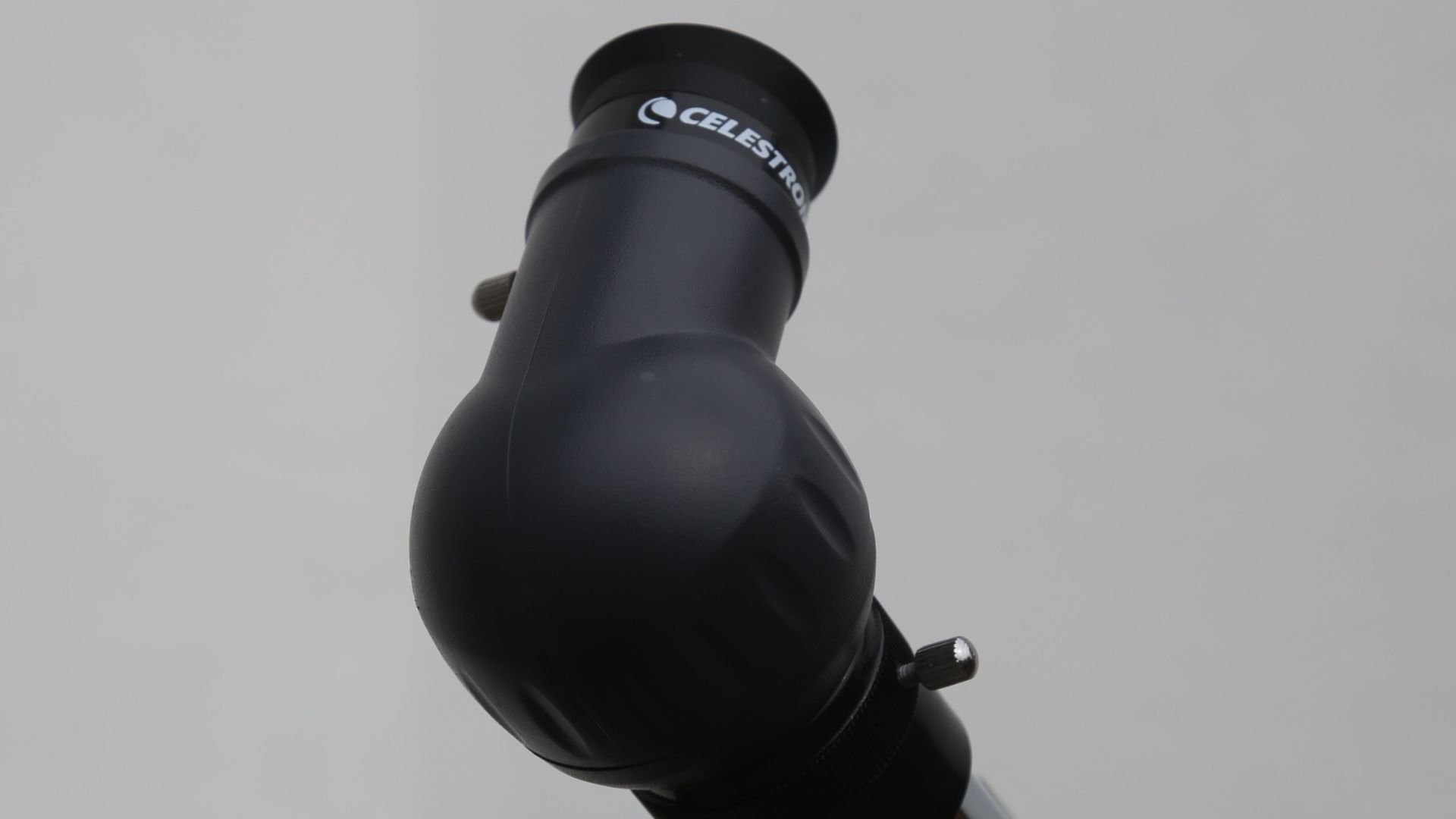
Celestron AstroMaster 70AZ telescope review: set-up and use
It’s only a small device, but the image diagonal essentially makes the AstroMaster 70AZ usable from an observing point of view. An L-shaped device that slips into the eyepiece, it turns the AstroMaster 70AZ from a telescope that you have to stand directly behind – or underneath if your target is high above you – to a telescope that can be peered through whilst standing over the eyepiece.
It’s the first clue that the AstroMaster 70AZ is primarily about usability rather than versatility. It's an incredibly easy telescope to set up, from fixing the tripod in place and attaching the eyepieces to using the basic red dot finder.
However, the AstroMaster 70AZ does have one major usability problem that will rule it out for a lot of users. It lacks accuracy. Even if you know the night sky well and can find objects easily, fixing this telescope in place so a target is in the centre of its field of view takes a lot of trial and error. There's not much wrong with its tripod, which seems solid enough, but even with a bright moon in its crosshairs the AstroMaster 70AZ seems incapable of staying still. Although it does come fitted with one small hand control for fine-tuning, the way the telescope is fixed into position isn't intuitive enough, nor is it solid enough. As a result, the AstroMaster 70AZ tends to recoil when at rest, making any attempt to get a target still in the eyepiece a tricky task that needs repeating way too much.
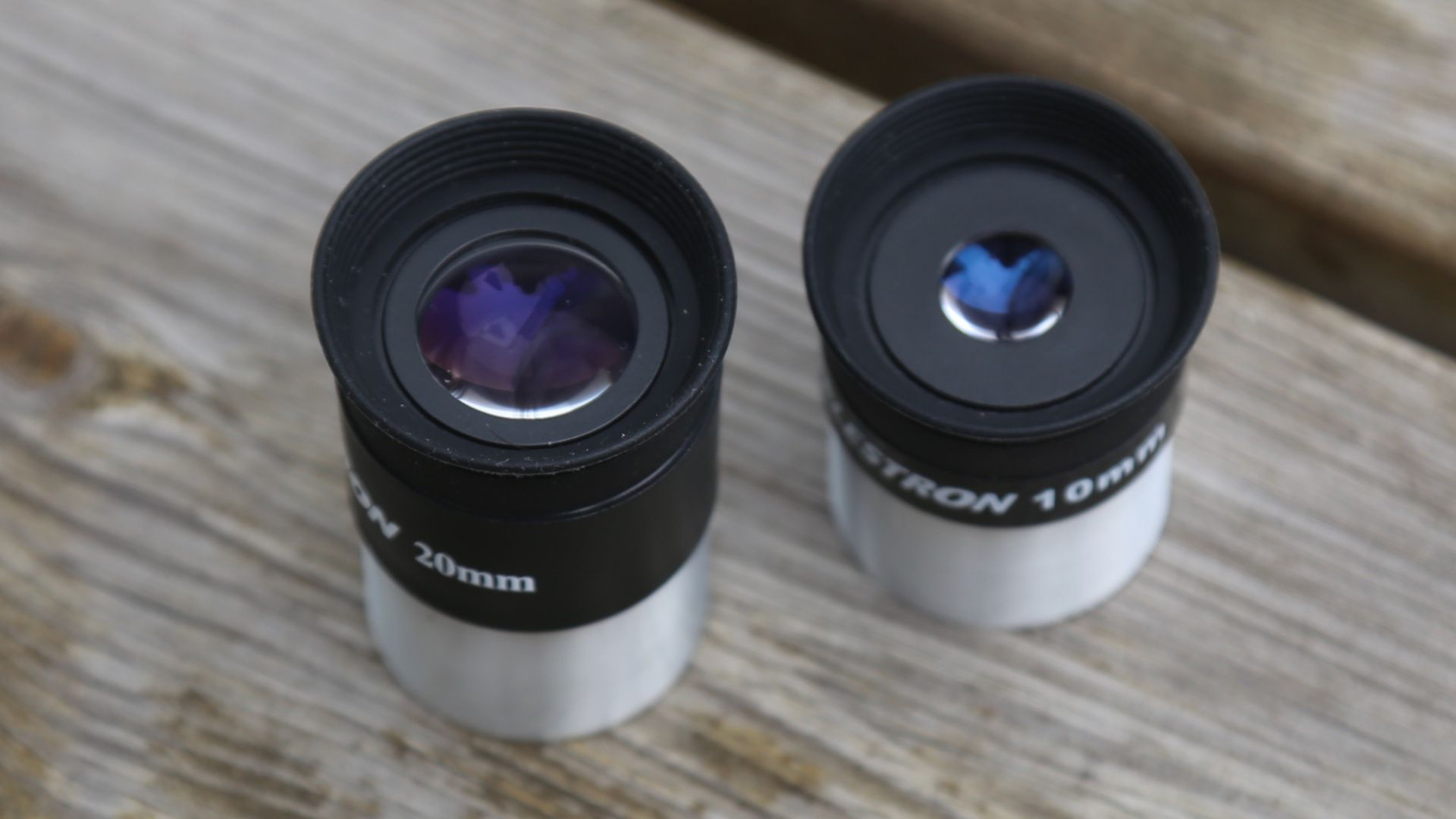
Celestron AstroMaster 70AZ telescope review: performance
By trying to avoid false colour by design, the AstroMaster 70AZ marks itself out as a telescope only for the solar system. That’s because the long, thin tube is all about light-limiting rather than light collecting. However, that comes with a downside because it can’t gather enough light to make deep sky objects such as star clusters and galaxies bright enough to be easily observed.
In some ways its lack of versatility is worth the sacrifice. When pointed at Jupiter, close to its bright annual opposition, the AstroMaster 70AZ showed us a natural-looking planet that completely lacked the false colour the most many of its rivals feature. However, we did notice a little light spillage and glare from the bright planet, which could be something to do with the prism in that erect image diagonal. In our tests, regardless of what we looked at, the wide angle 25 mm eyepiece always gave us the sharpest views.
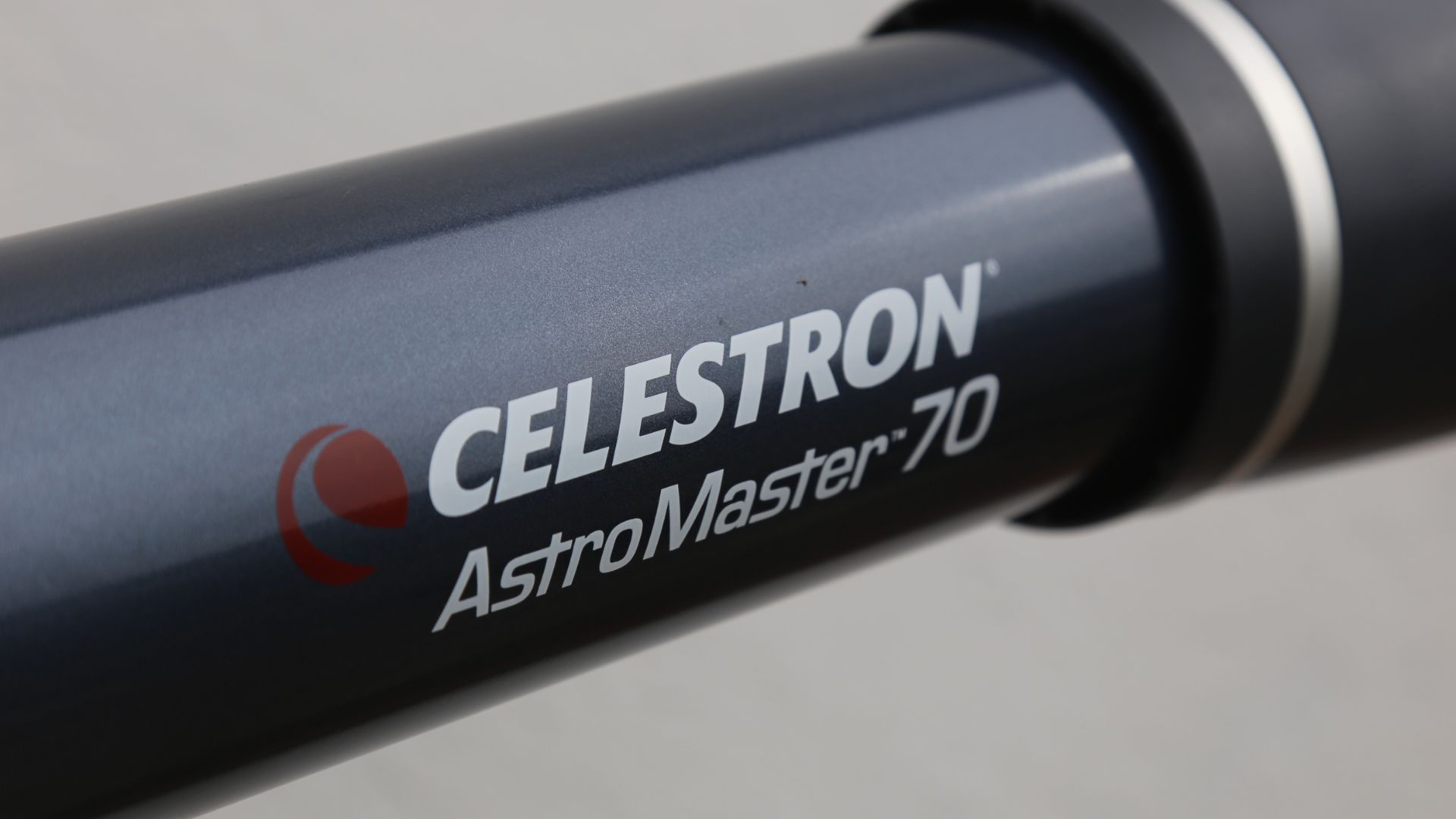
Celestron AstroMaster 70AZ telescope review: alternatives to consider
If you’re after something that will give you views of the deep sky that also comes with guidance tech then have a look at the Celestron StarSense Explorer DX 130AZ telescope, a 5.1-inches Newtonian reflector telescope that’s packed with versatility. An entirely different price point they may be, but a smart telescope like the Vanois Vespera and Unistellar eVscope 2 will automatically take images of the night sky that can be viewed on a smartphone or tablet.
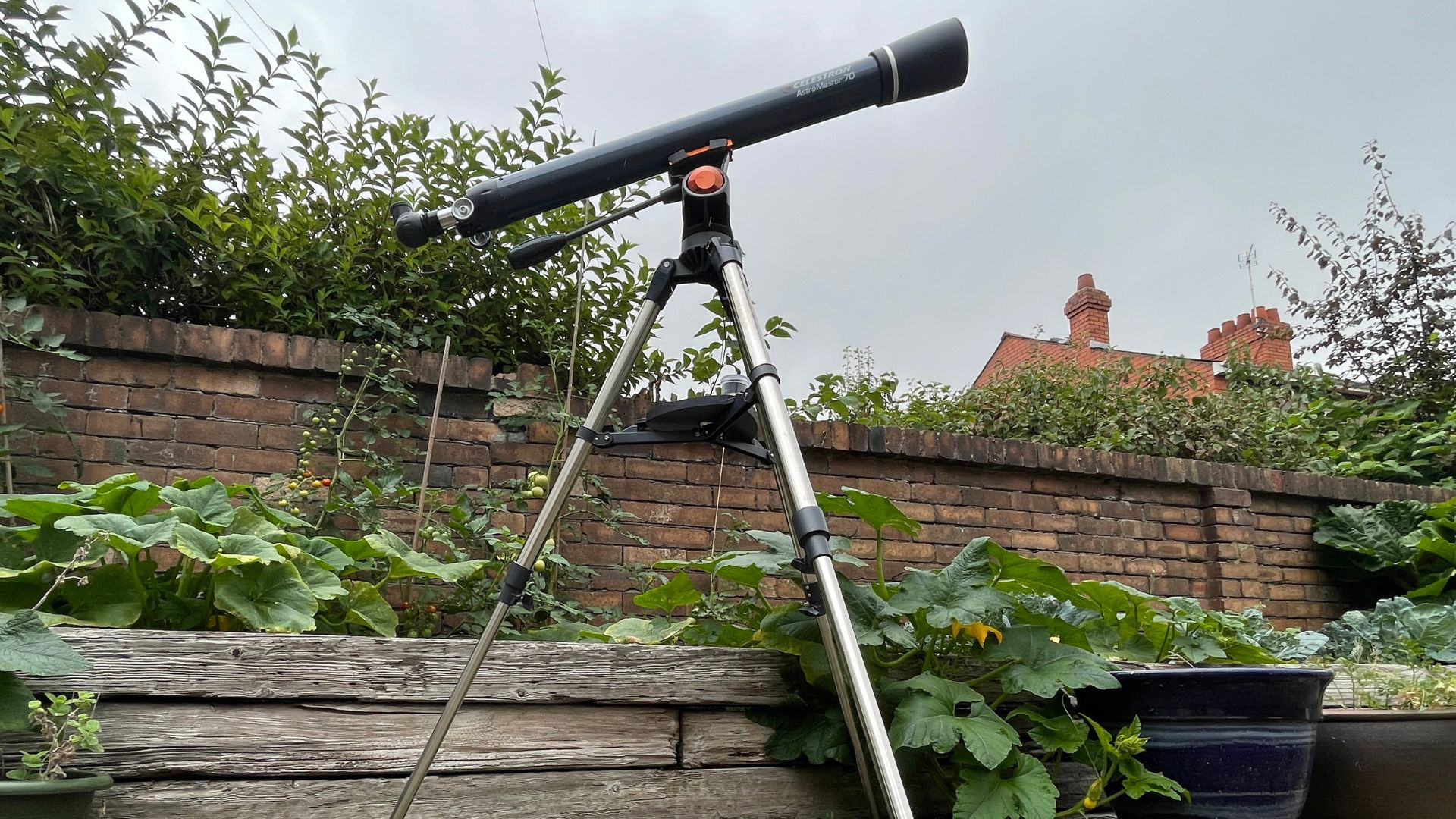
Celestron AstroMaster 70AZ telescope review: overall conclusions
The unusually long length of the AstroMaster 70AZ’s telescope tube makes it almost uniquely good at suppressing false colour, something that marrs the performance of many of its rivals. However, the use of some rather basic optical equipment as well as a rather poor mount that lacks precision and reliability does take the shine from the AstroMaster 70AZ.
Sign up to the T3 newsletter for smarter living straight to your inbox
Get all the latest news, reviews, deals and buying guides on gorgeous tech, home and active products from the T3 experts
Jamie is a freelance journalist, copywriter and author with 20 years' experience. He's written journalism for over 50 publications and websites and, when he's not writing, spending most of his time travelling – putting the latest travel tech through its paces.
-
 Google just added a new Gemini video creation tool I never knew I needed
Google just added a new Gemini video creation tool I never knew I neededGemini Advanced just added Veo 2 video generation
By Mike Lowe Published
-
 One of the best villains in gaming is coming to Xbox Game Pass for free
One of the best villains in gaming is coming to Xbox Game Pass for freeAll Game Pass subscribers are getting one of the best single-player shooters of the decade
By Rik Henderson Published
-
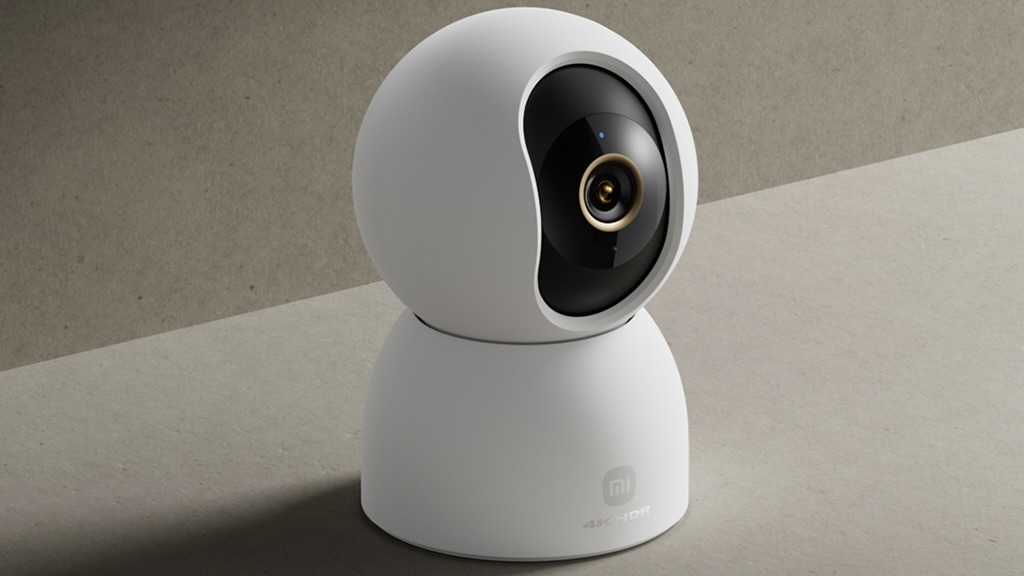 Xiaomi’s next indoor smart security camera could be its most affordable yet
Xiaomi’s next indoor smart security camera could be its most affordable yetIt's less than $40...
By Lizzie Wilmot Published